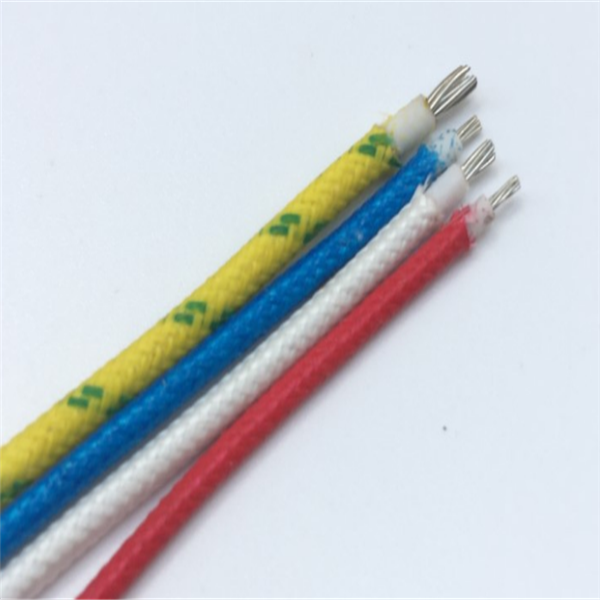News
What is the difference between high temperature silicone wire and PVC wire?
Today, let's talk about the difference between high temperature silicone wire and PVC wire, analyze the uses and functions between these two wires, and help you distinguish and understand high temperature cables. The quality of the silicone wire can be seen at a glance from the appearance of the wire and cable. The appearance of the silicone sheathed cable requires smooth, smooth, uniform, no visible debris, no mechanical damage, no flat, no core (not exceeding the specified deviation), foam trachoma, slub-shaped, twist-shaped and obvious particles. It can be seen that the thickness of the sheath has a certain influence on the quality of the silicone wire and cable. Of course, sheath thicknesses below the standard requirements are disqualified. At the same time, if the thickness exceeds the standard requirements, it is not qualified.
What are the adverse effects of the thickness of the silicone wire sheath on the use of wires and cables:
(1) There is a problem with the cable structure
In case of conductor, insulation and braid density. Control according to standard requirements, select suitable filler to make it round.
(2) Defects in material properties
The properties of the material are not reflected by thickness, but according to standard requirements. If a certain index does not meet the standard, it will directly affect the performance of the silicone wire material, not reflected by the thickness, but according to the standard requirements. If a certain index does not meet the standard, it will directly affect the quality of the silicone wire and cable.
(3) Increase the difficulty of cable laying
Since the current cable laying is mainly bridges or pipes, many enterprises have tighter requirements for cables and smaller outer diameters. There may be gaps in the laying process to dissipate heat energy to ensure that the cable sheath is not damaged. Otherwise, it will bring certain difficulties to the construction unit and cable laying.
(4) Reduce the service life
After the cable is laid, power on for a long time. Turning on electricity generates heat. If the allowable working temperature of the conductor is 70°C, the allowable long-term working temperature of the silicone wire is 180°C. In summer, the working temperature will increase, these temperatures will be released through the outer sheath, the thickness of the sheath will increase, and the heat energy will be difficult to release, which will affect the service life of the cable. Under the action of heat, the insulating layer undergoes a series of physical and chemical changes and loses its original excellent performance, resulting in a significant decrease in insulation performance, or even short circuit, which affects the normal operation of the unit.
The general temperature resistance range of PVC wire is between -15°C and 80°C, while the temperature range of silicone wire can reach -60°C-200°C. The service life of PVC line is short, generally about two years, and the flexibility is poor. Weak anti-aging performance, easy to crack in sunlight, suitable for indoor lamps and household appliances. PVC wire itself is relatively stiff. Smooth surface and high brightness: the cost of V of the same specification is much lower than that of silicone wire, and the compressive strength is also lower than that of silicone wire. Silicone wires also have shortcomings, such as poor tear resistance of the sheath and high manufacturing costs.
Respective use:
Silicone high temperature wire is used in electric heating equipment, paint room, lighting equipment, lighting and household products, lithium battery. Flon high temperature wire is used in instruments, aerospace, electric power smelting, chemical industry, ships, vehicles, food machinery, household appliances baking room, etc.





